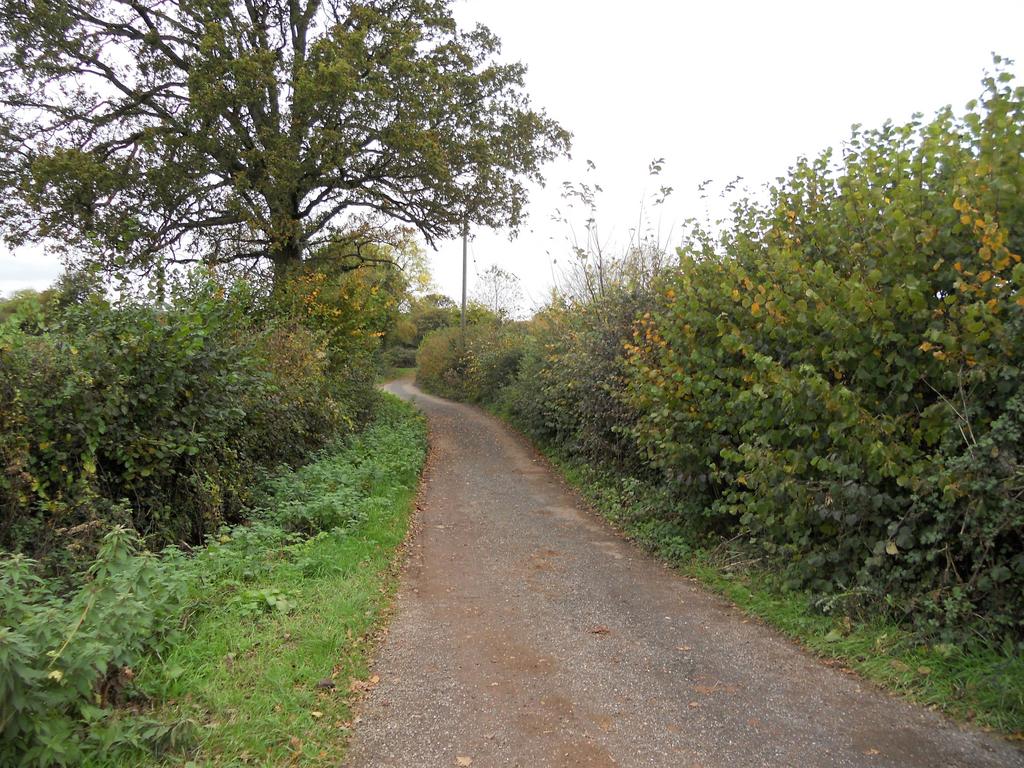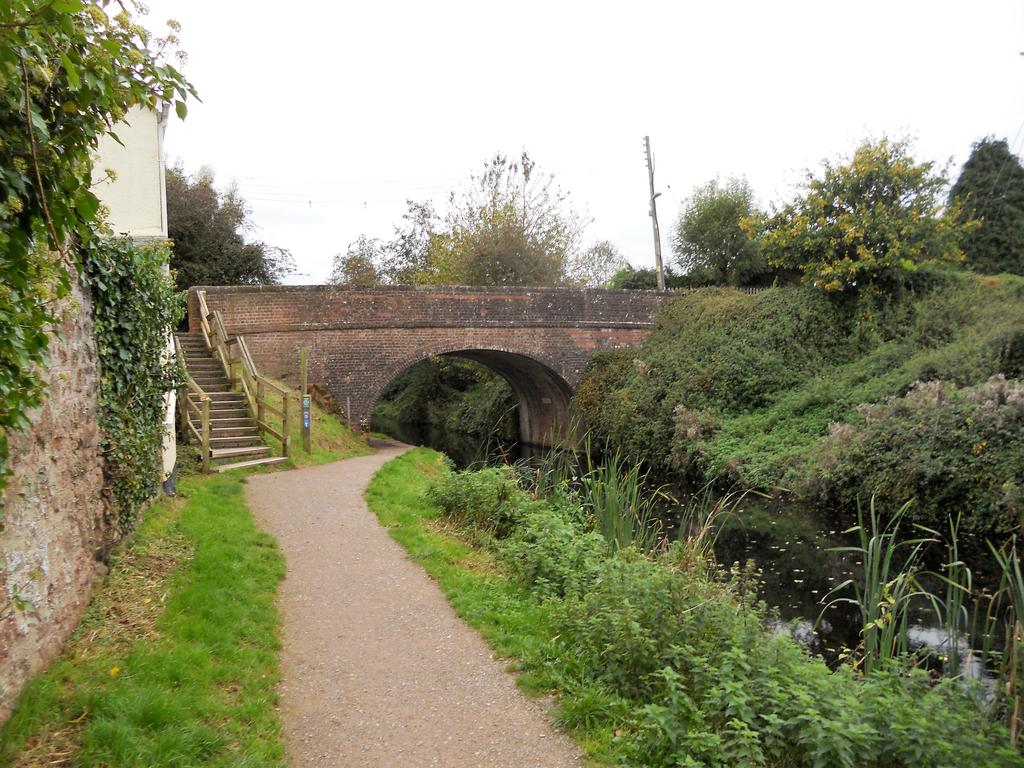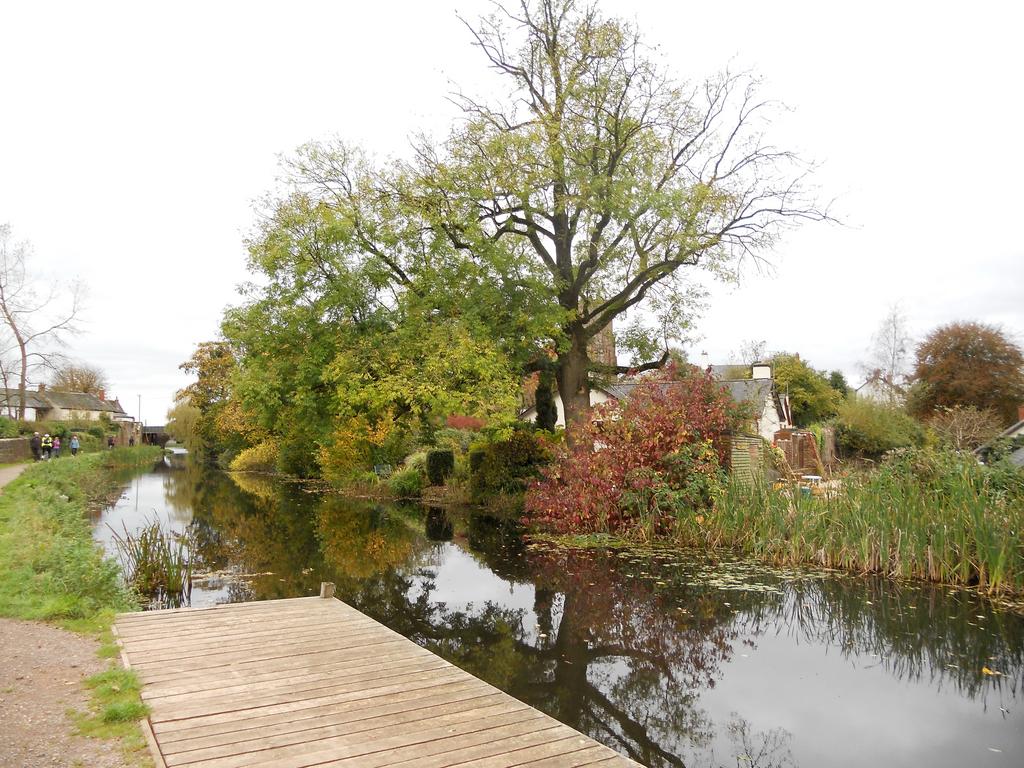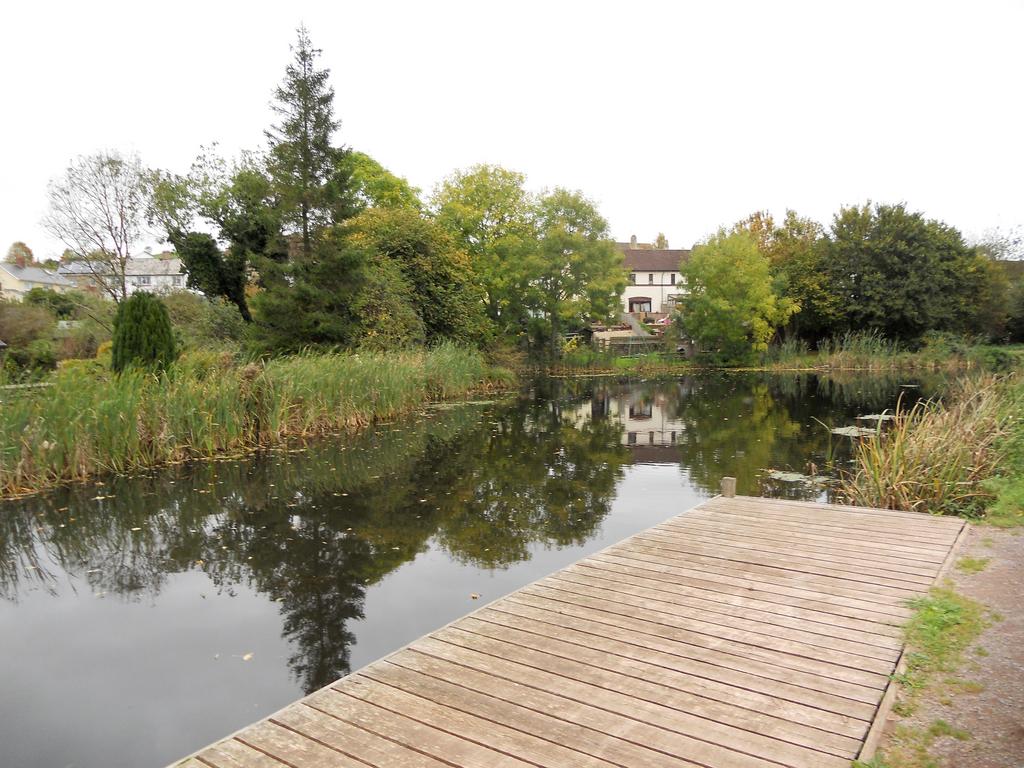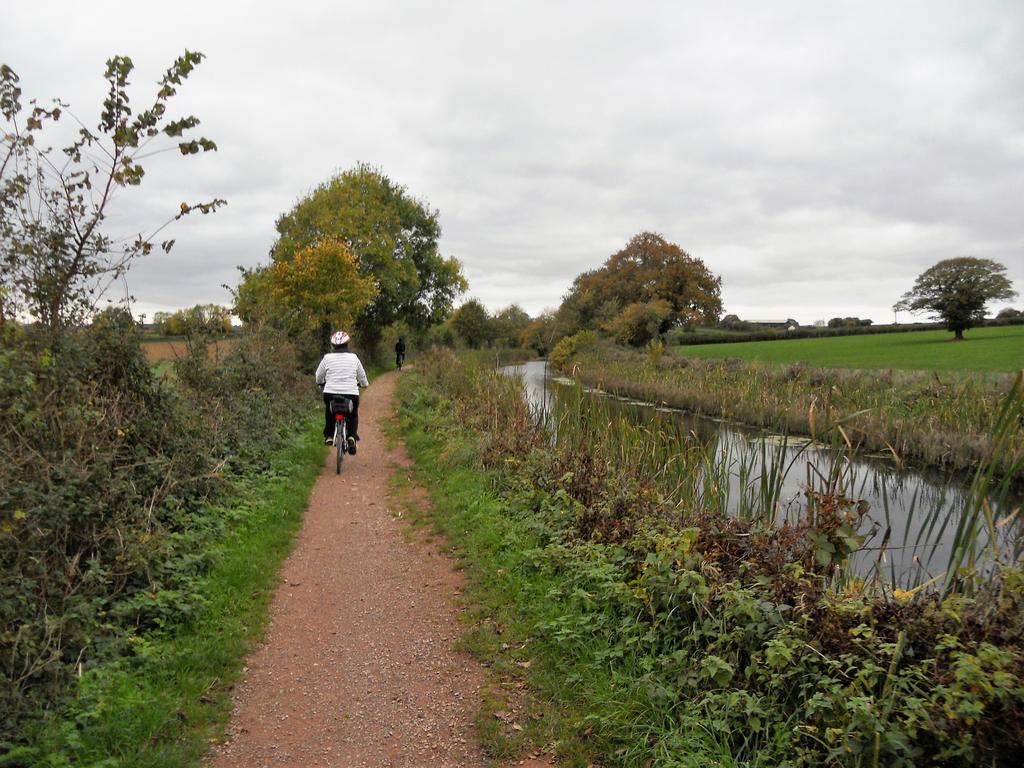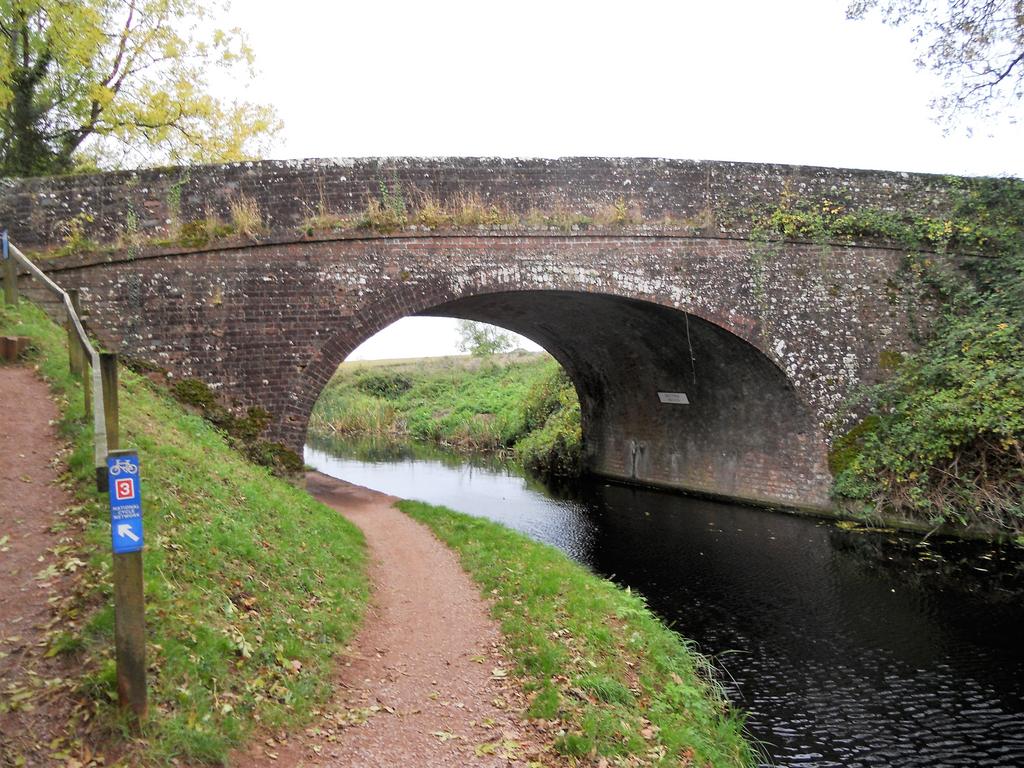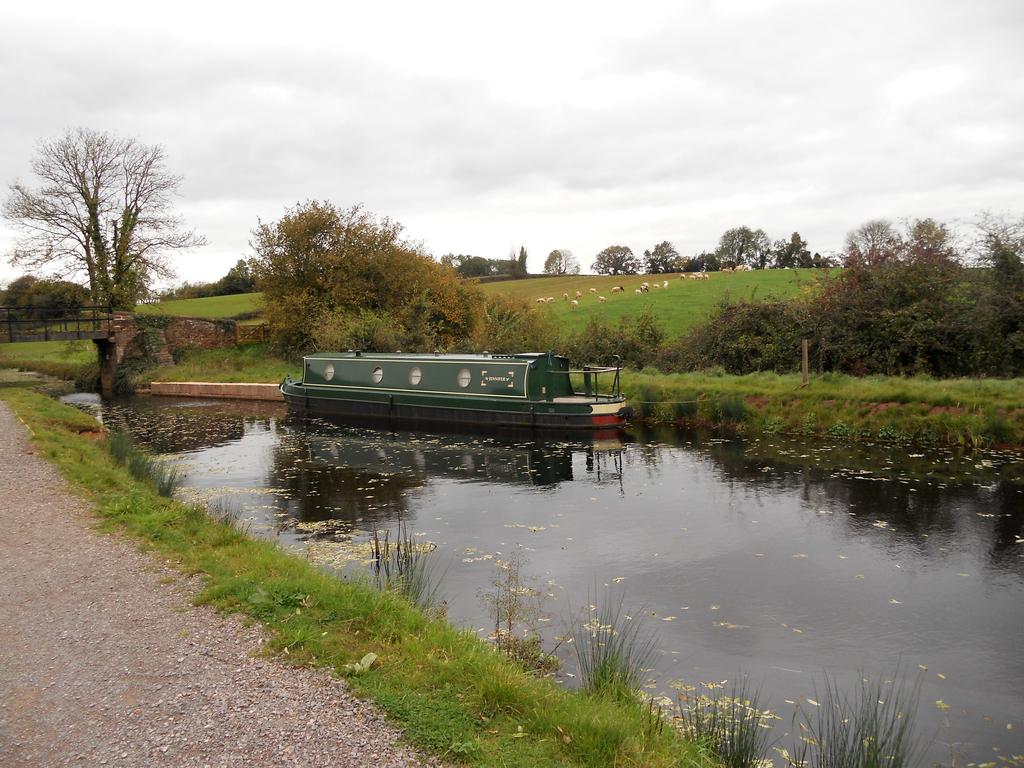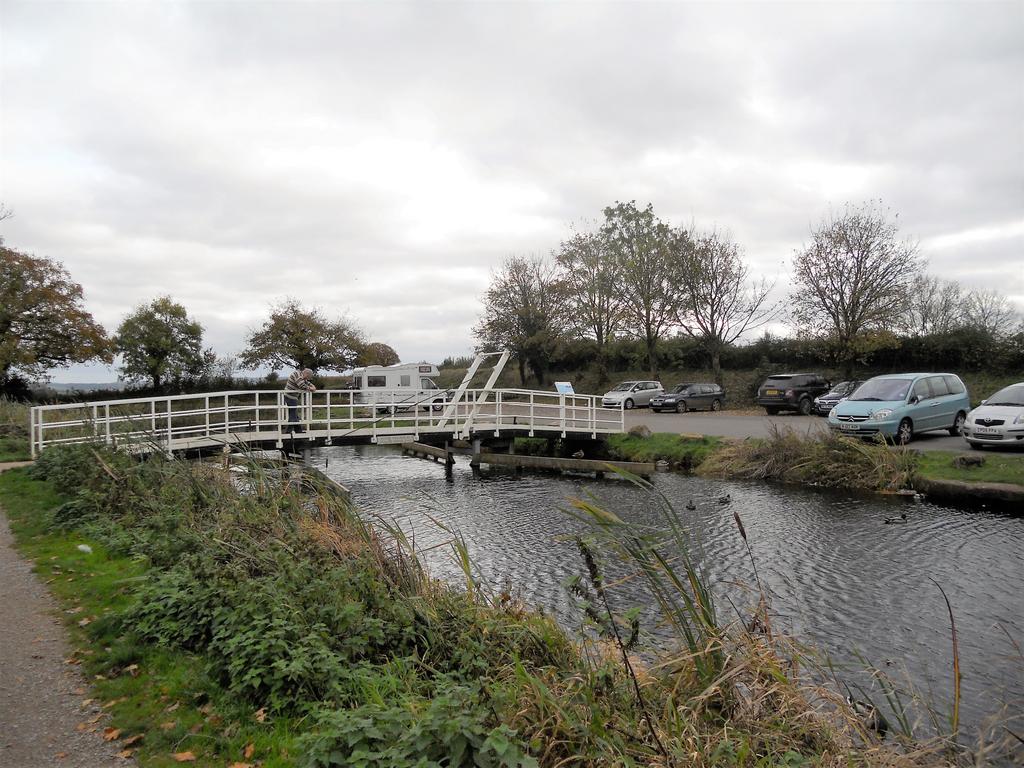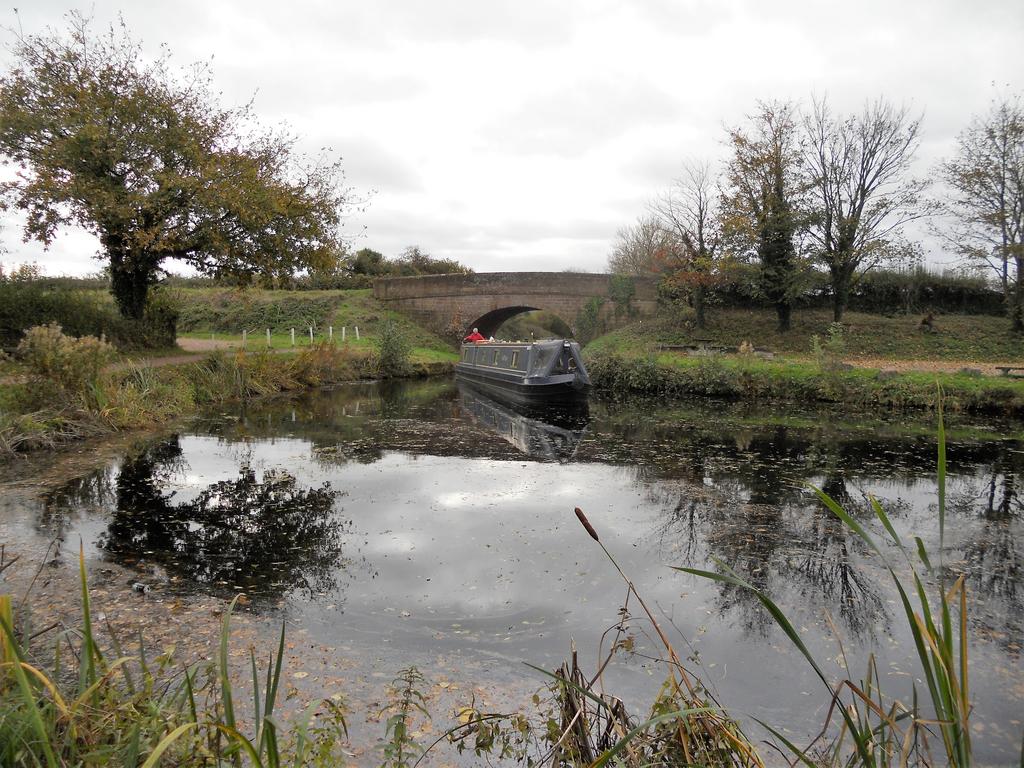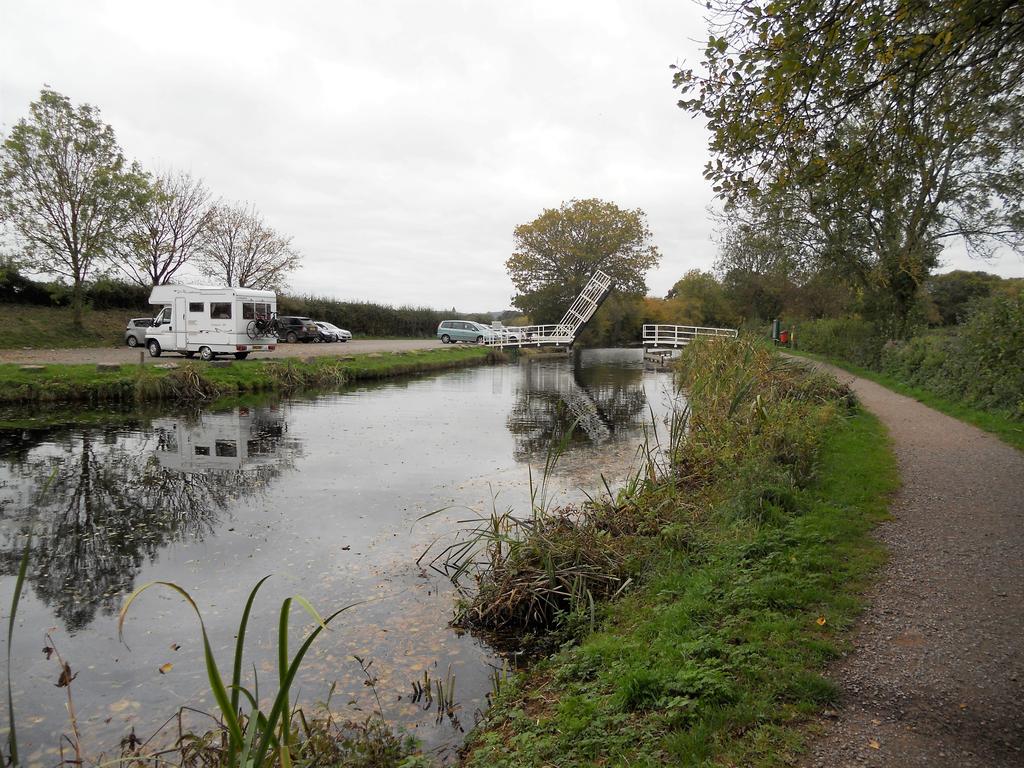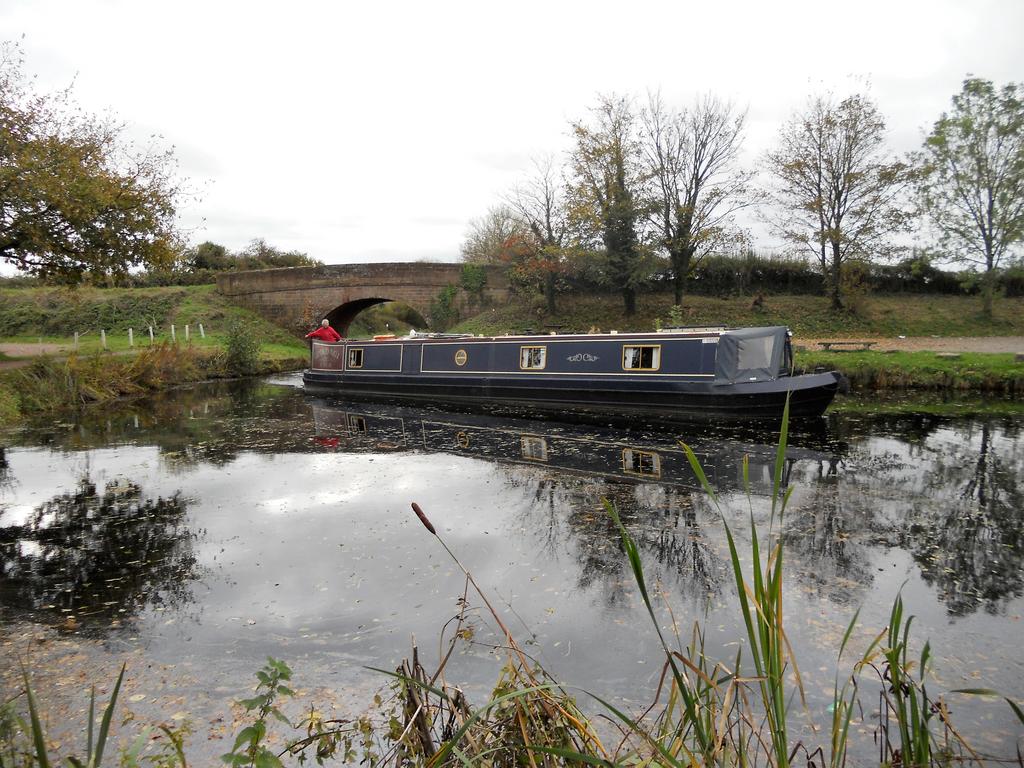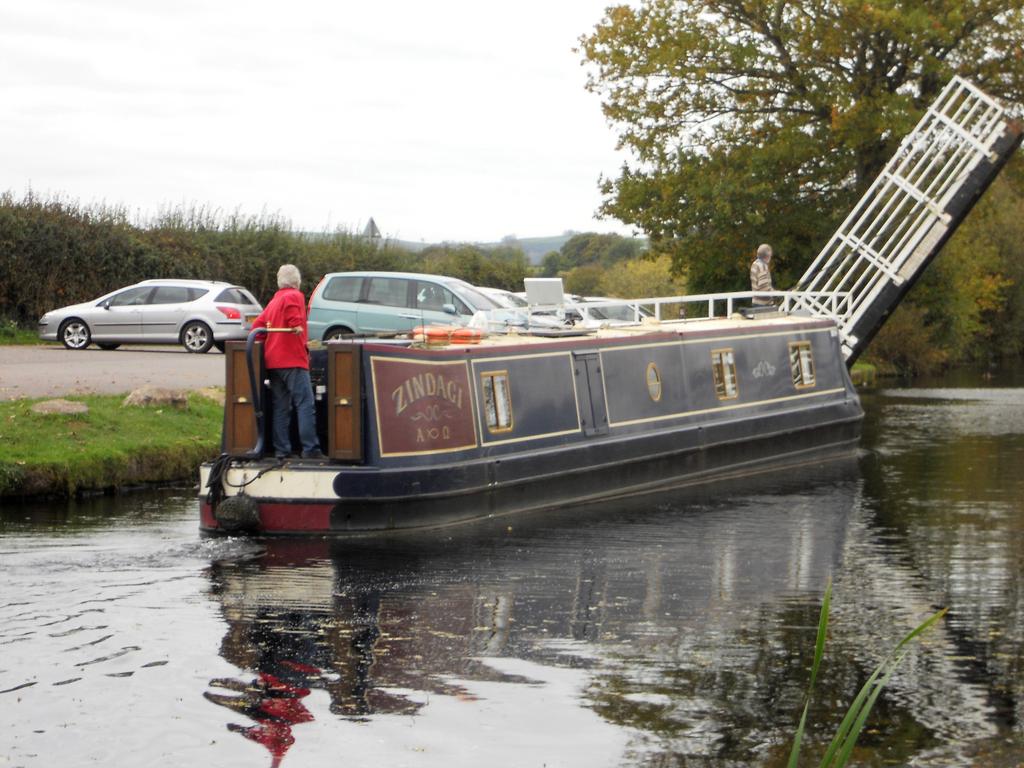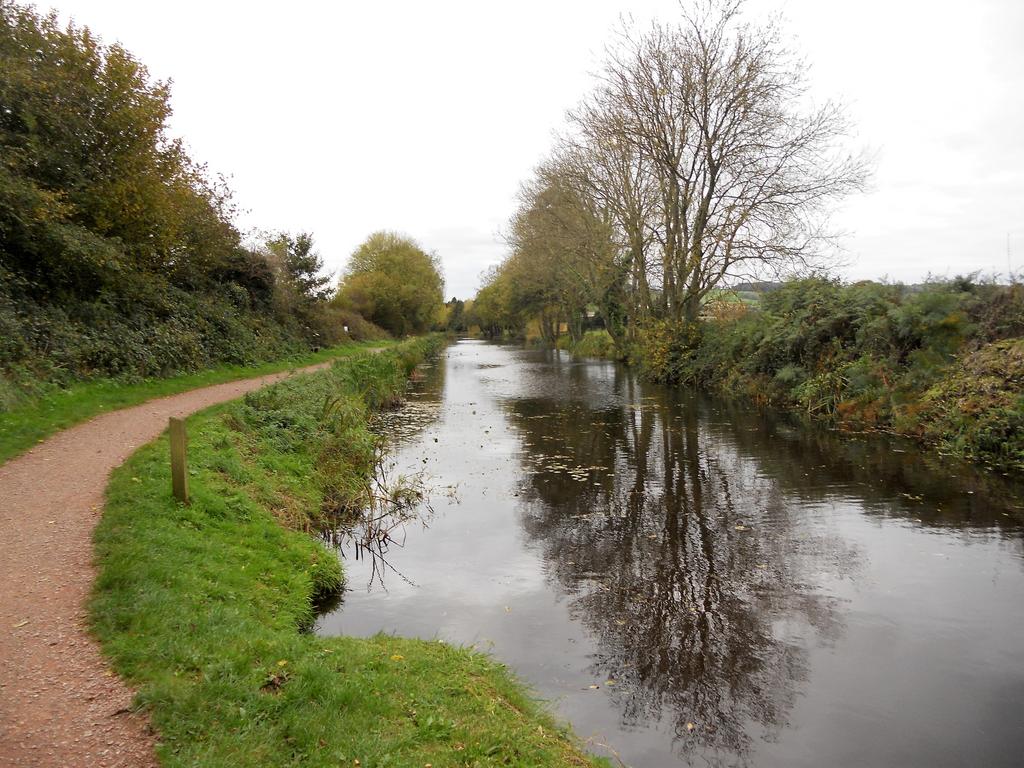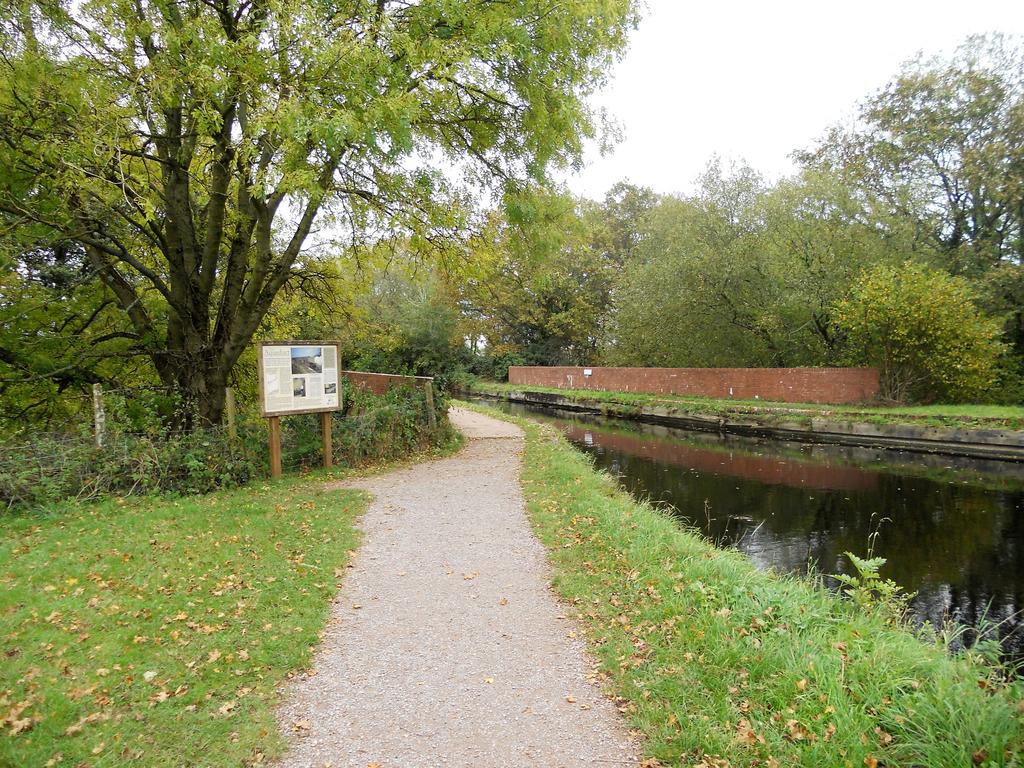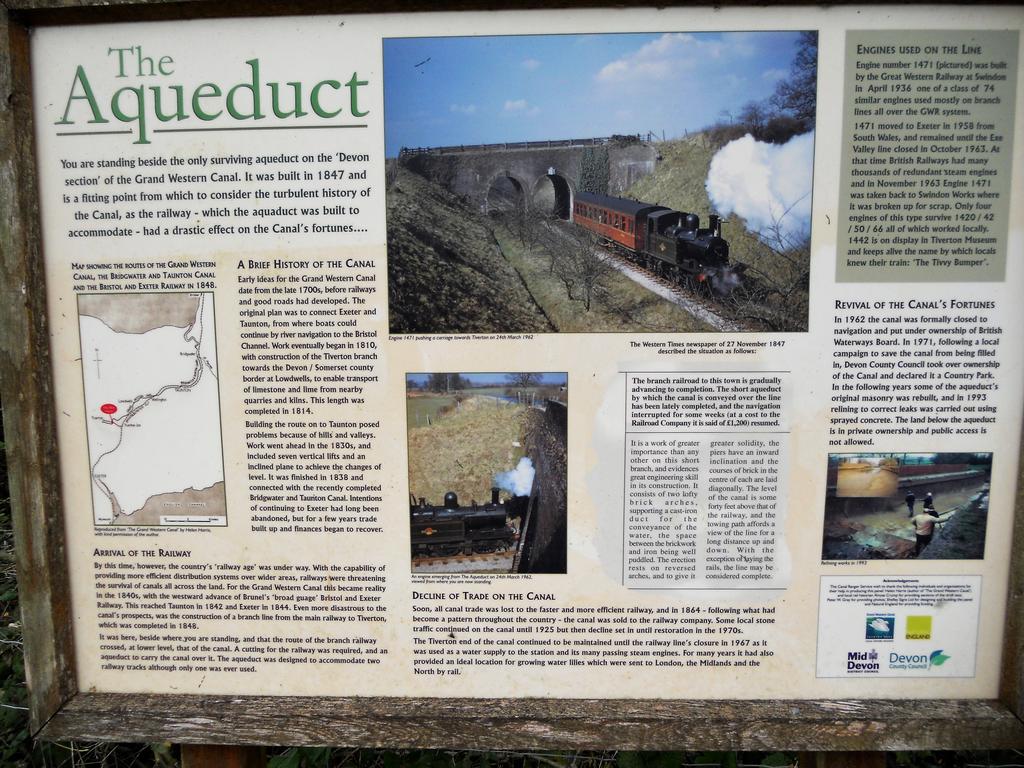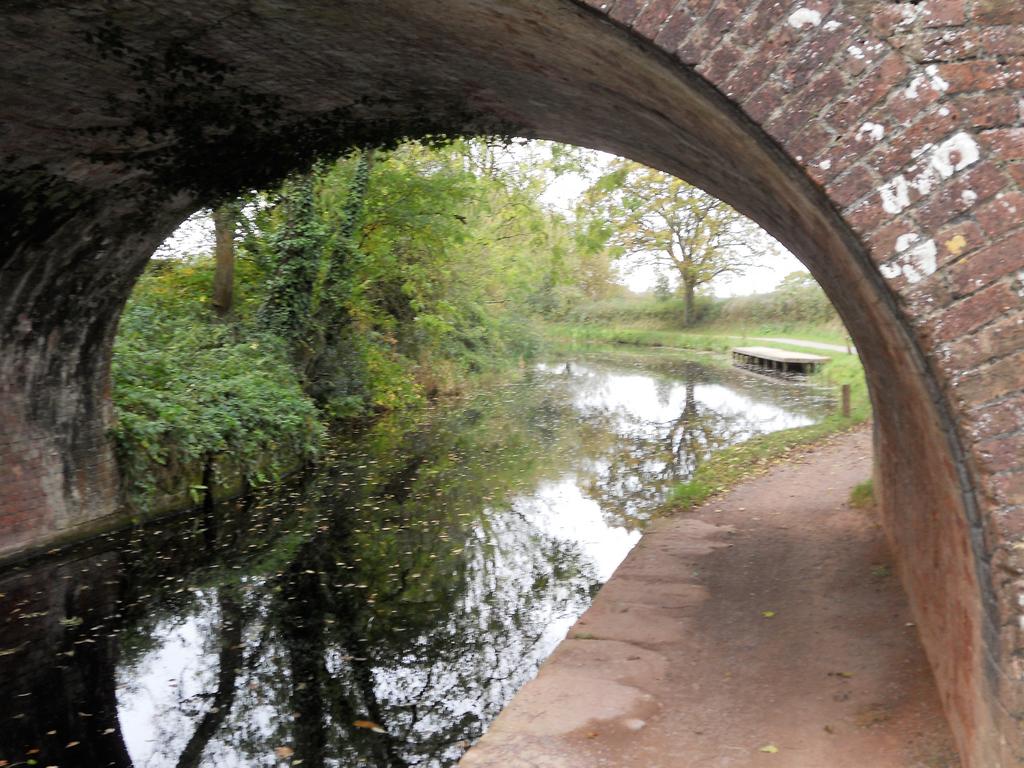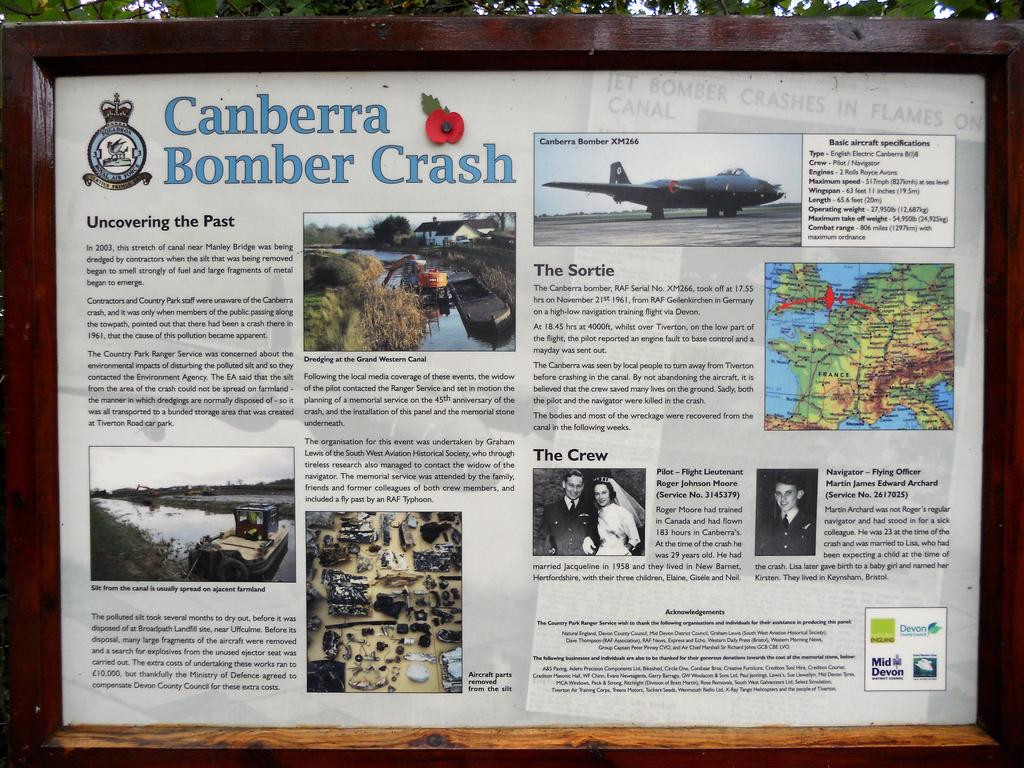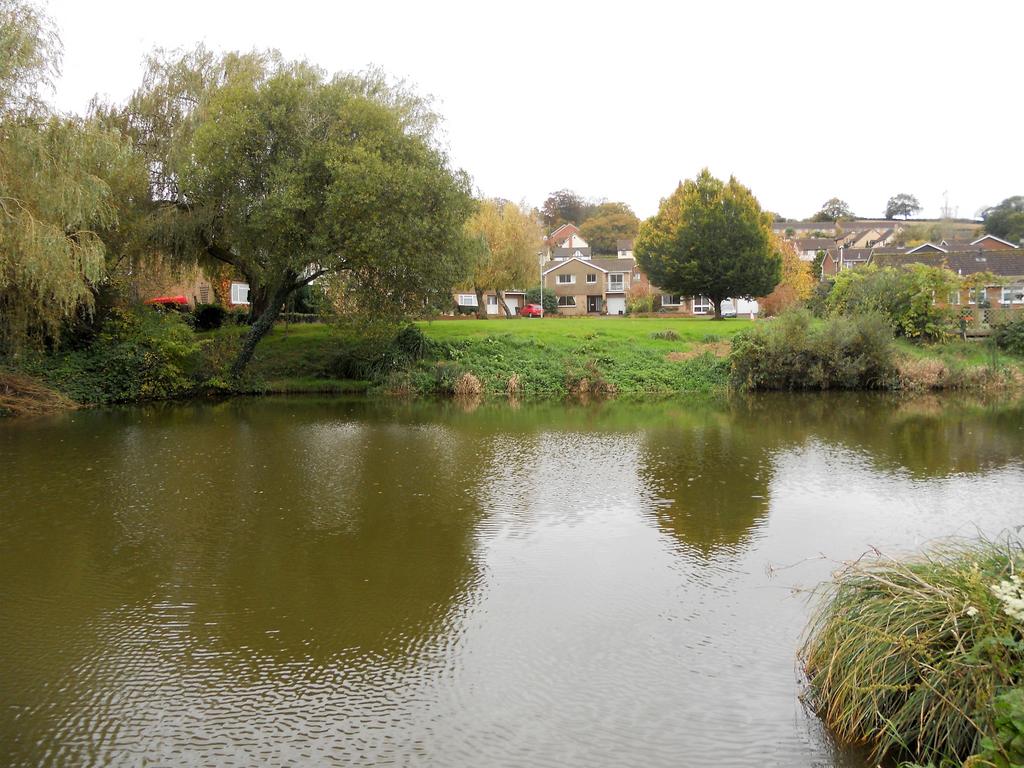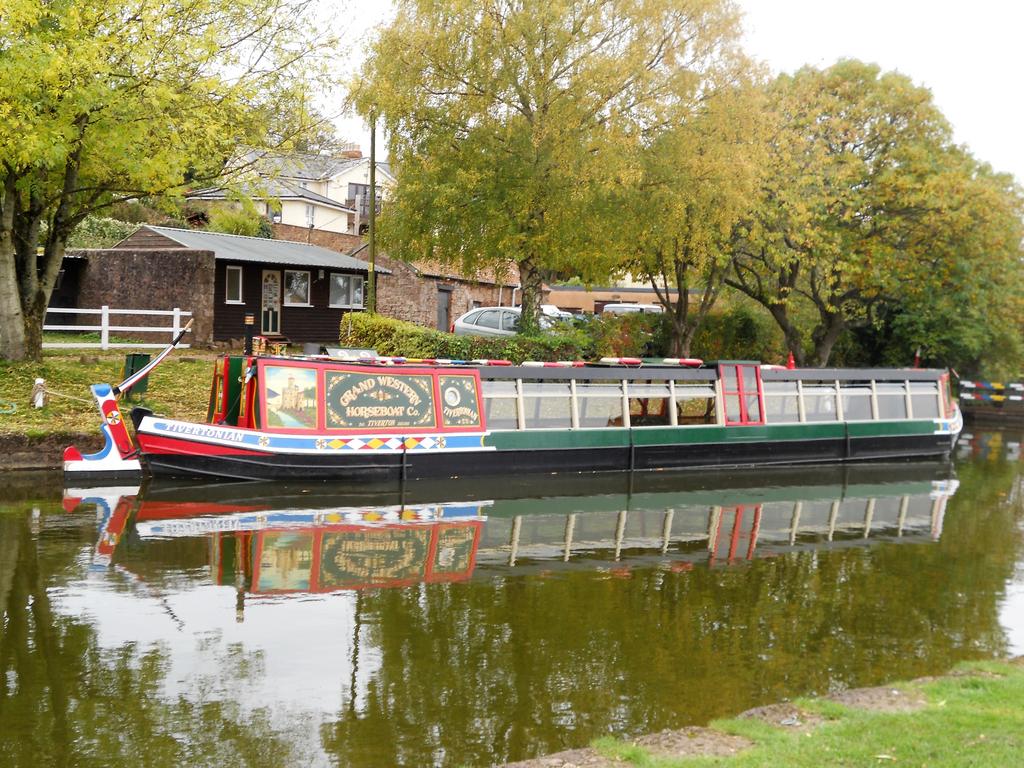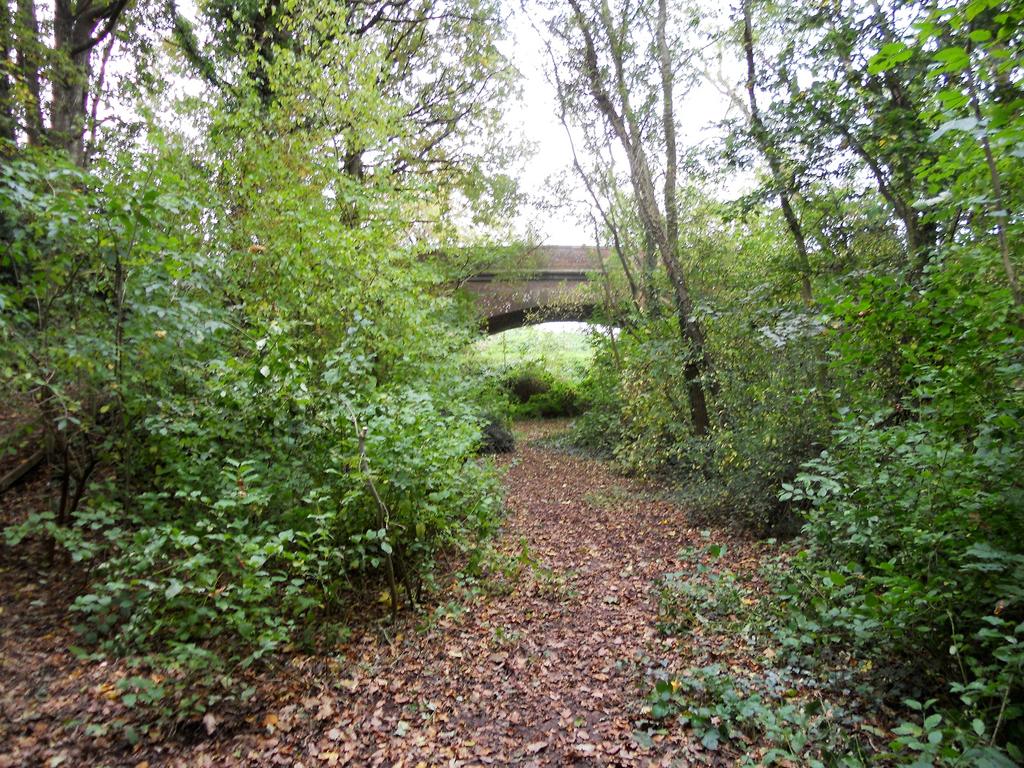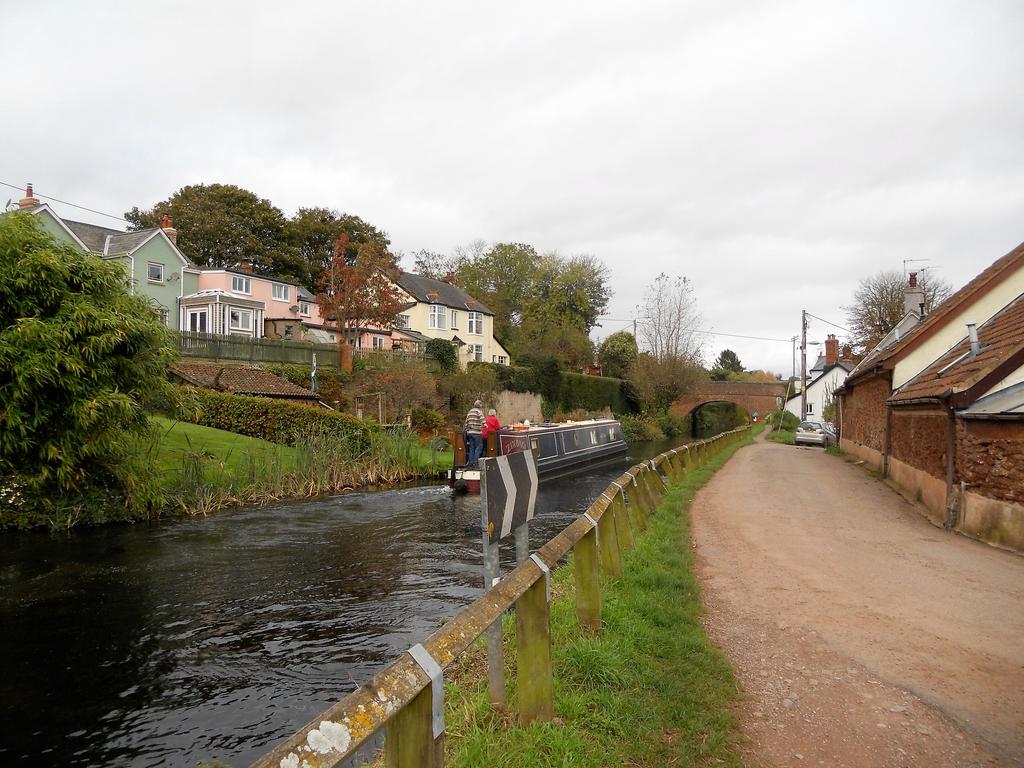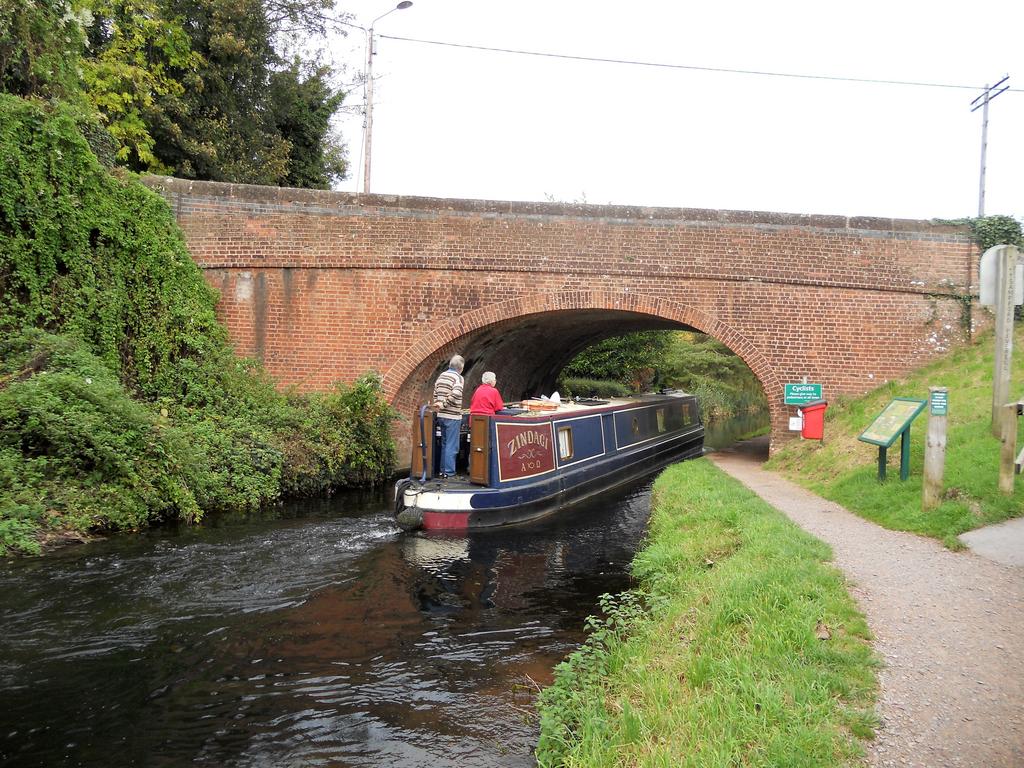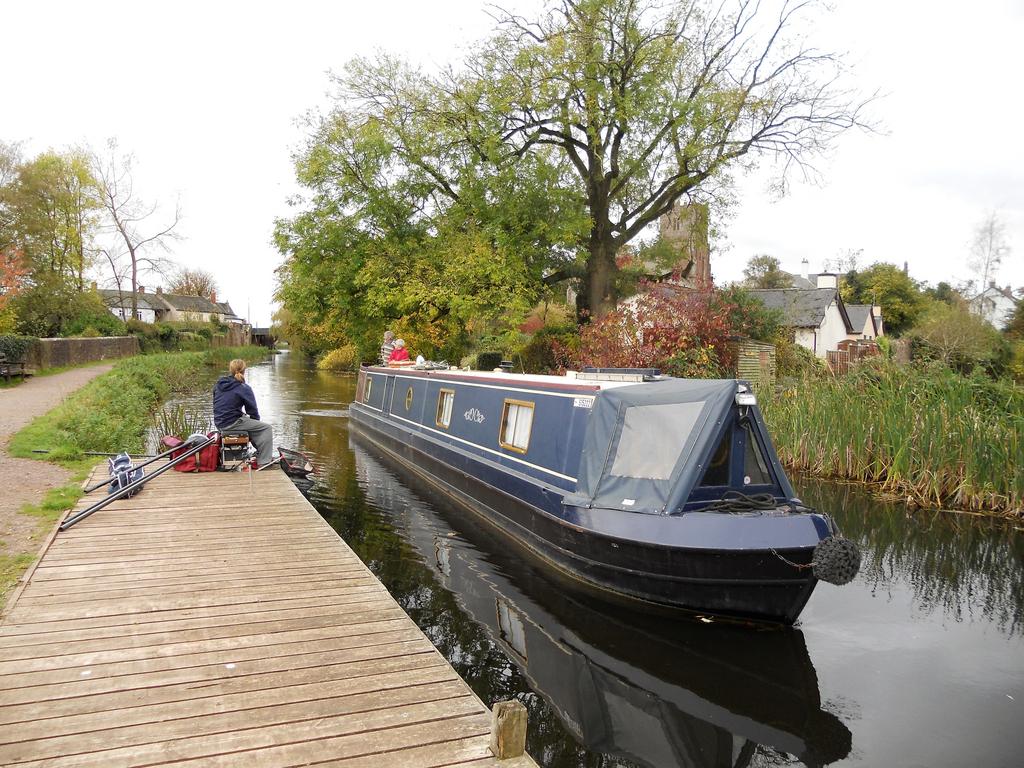Post by Dave on Oct 26, 2014 19:15:03 GMT
The Grand Western Canal Cycle Ride 26th Oct 2014
Its two weeks since I cycled the Puffing Billy Tramway line near Bittaford, a ride you may remember I did not enjoy very much. The weather has not been too good since then so I have not been able to do another ride that was until today. I like so many have heard about the Grand Western Canal near Tiverton and many will remember it was badly damaged a few years ago. It was another ride I had on my to do list and as it was not raining when I got up this morning, I decided today was the day to cycle along The Grand Western Canal.
I left home at 10am and could not believe how much traffic was trying to leave the Bay at that time of the morning, it took nearly 45 minutes to get from my home in Paignton to the Penn Inn Roundabout (or should that be the Penn Inn Flyover now?) I was heading for the Tiverton Parkway as that location I was told was the best place to start the ride.
I had read on line that since cyclists have been allowed to use the tow path to cycle along, there have been a number of problems between walkers and cyclists. Well the first thing to say is everyone I encountered out walking was as friendly as could be. Everyone said good morning and all the dog walkers held their dogs while I cycled past them. When I said thank you as least 95% replied you are very welcome. The path is not very wide and it was clear as long as everyone shows the right amount of respect for others using the tow path, it all works very well.
Very early into the ride you are on a very high banked section and I guess this is the spot where the banks broke? On both sides there is a very large drop to the ground below and I’m sure the view I was seeing was the same one I saw on the TV news. A bit further on and you are on a aqueduct over the old railway line. What a great piece of engineering and I wonder how many other such aqueducts still exist?
There is so much history we never get to learn about and I was so surprised when I was reading a notice board about a plane crash that happened on the canal. More than 53 years ago, on a cold November night in 1961, two brave RAF servicemen sacrificed their lives to save people in Tiverton.
Pilot Flight Lieutenant Roger Moore and navigator Flying Officer Martin Archard were from 3 Squadron, stationed in Geilenkirchen, in West Germany. On November 21, 1961, they were on a routine night-time training flight in a Canberra light bomber plane to Devon.
When they experienced a sudden engine failure, instead of deploying the ejector seats available to them, the crew directed the crashing plane away from Tiverton and into the Grand Western Canal, ensuring that no people were hurt.
The bodies of the servicemen and the majority of the plane wreckage were removed from the canal in the days following the crash, and the tragedy was gradually forgotten.
But in 2003, work began to dredge the Manley Bridge section of the canal, and workers pulled up metal fragments and oily silt that had been polluted by leaking aviation fuel. The country park staff were confused over this mystery, until passing members of the public who remembered the crash explained the source of the remains.
The plane fragments were removed and identified by the South West Aviation Historical Society, and are now housed in the Tiverton Museum. The wreckage is evidence of the horror of the fatal crash; metal edges are ripped and folded as if they were made of paper.
As a reminder of the ultimate sacrifice Messrs Moore and Archard made, one of the unused Martin-Baker ejector seats has remained completely intact, even the parachute cord has survived decades in the canal water. What an incredible story and when I’m in Tiverton on Tuesday I will ask some of my customers if they know about that 1961 plane crash
About eight miles from the start of the ride you come to the Tiverton Bowl and the end of the canal. There is one old barge that has been converted into a shop come café here, along with the booking office for the Tiverton Canal Company that offer one of the last horse-drawn barge experiences in the UK. There are also toilets here and they were very welcome indeed. I stayed here for a good half an hour as I ate some of the food I had brought with me for the ride.
It was then down the hill and a right turn onto the main road until I got to Blundell’s Roundabout. It’s at this point you can pick up a section of the old railway line to cycle along. It’s not all that long and soon you find yourself back riding along the canal again, only in the opposite direction.
When I got back to the point where I started the ride I decided to cycle the canal a bit further in the other direction, sadly I felt rain in the air and after about two miles headed back for Tiverton Parkway.
I really enjoyed today’s ride and so glad I made the effort to go and do it, the bike was a dream to ride and I’m very happy with the way I have now set it up. I cycled a total of eighteen miles and while my legs feel fine, my bum is not so sure.
For those interested the Grand Western Canal ran between Taunton in Somerset and Tiverton The canal had its origins in various plans, going back to 1796, to link the Bristol Channel and the English Channel by a canal, bypassing Lands End. An additional purpose of the canal was the supply of limestone and coal to lime kilns along with the removal of the resulting quicklime, which was used as a fertiliser and for building houses.
This intended canal-link was never completed as planned, as the coming of the railways removed the need for its existence. Construction was in two phases. A level section from Tiverton to Lowdwells on the Devon/Somerset border, opened in 1814, and was capable of carrying broad-beam barges, carrying up to 40 tons. The Somerset section, suitable for tub-boats, which were about 20 feet (6.1 m) long and capable of carrying eight tons, opened in 1839.
